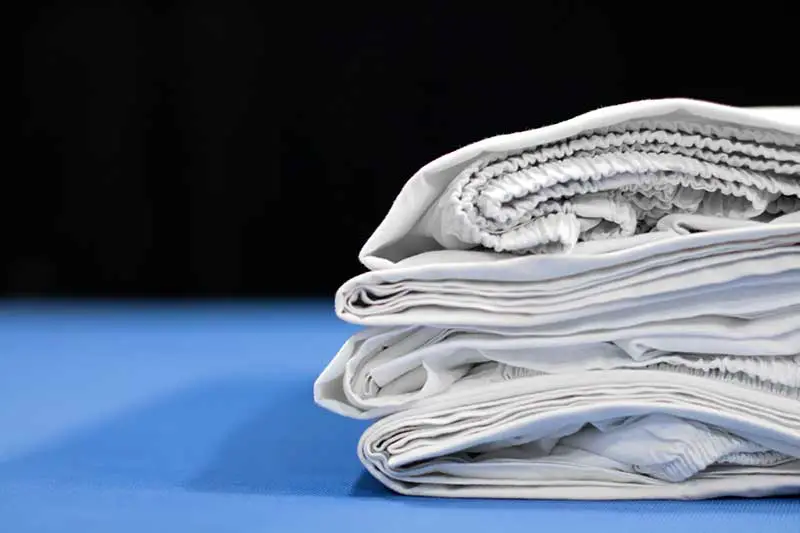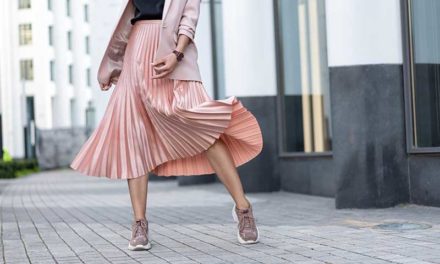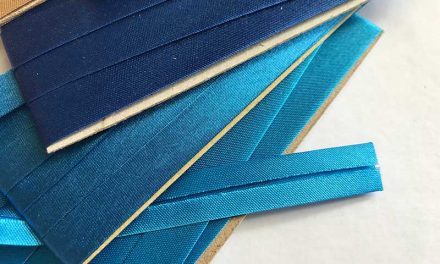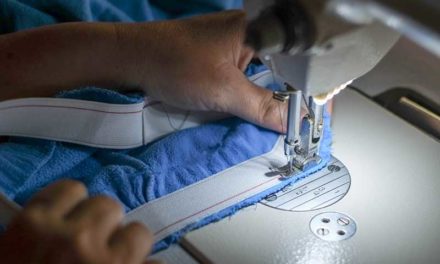Fitted sheets are useful as they stop your sheets from moving while you are asleep. Sheets that aren’t fitted can easily come out from under the mattress. Fitted sheets are a little fiddly to make compared to flat sheets and pillowcases as these only need to be sewn in a straight line. However, if you would like a challenge, a fitted sheet is a good task to take on. In this article, we will show you how to make a fitted sheet. You can just buy some fabric, but what is even easier is to turn a flat sheet into a fitted sheet. You will just need to sew the corners with elastic, and won’t have to sew a hem all around the sheet.
Table of Contents
Measure and Cut the Fabric
If you are sewing from scratch, meaning that you are taking a new piece of fabric and making a fitted sheet out of it, you need to measure the width, depth, and length of your mattress. This is very important with a fitted sheet. If you don’t have the correct measurements, the sheet might easily not fit. However, if you are using one of your own flat sheets, you only need to take the depth measurement.
To make a fitted sheet from a piece of fabric cut a piece of material based on the measurements you have taken. The width should be the width measurement plus 2 times the depth measurement plus an extra 16 inches for seam allowances and tuck-ins. The length should be the length measurement plus 2 times the depth measurement plus 16 inches.
Prepare the Corner Markings
Now is the time to cut the corners that will hold the elastic for your fitted sheet. Place your fabric on the bed as you would have it if it was on the bed at night. Along one end, measure over the depth and add 8 inches from the corner. Put a pin in this spot or mark it with tailor’s chalk or a pen that washes out.
The next step is to measure up the depth of the mattress from the mark and add 8 inches. Mark this spot as well. Draw a line connecting the two spots and another line connecting the second dot to the edge of the fabric. This gives you a square that will be used for making the fitted part of the sheet later on. Cut this square out and then repeat the process on the other three corners.
Sewing
The next step is to sew the sheet corners. With right sides facing each other, pin and sew the two edges together at the corner with a ½ inch seam allowance. Finish the seam with a zig-zag stitch or a French seam. A French seam is very attractive and can add a lot to the fabric.
If you are using a piece of fabric, now is the time to hem it all the way around using a straight stitch. Turn the hem over ½ inch, and then ½ inch again. Pin the hem to keep it secure and for guidance while you are sewing. Leave 1-inch gaps in the sewing when you get to about 8 inches away from the corners. If you are sewing a ready-made flat sheet you can forget about this step.
Sew the Elastic to the Sheet
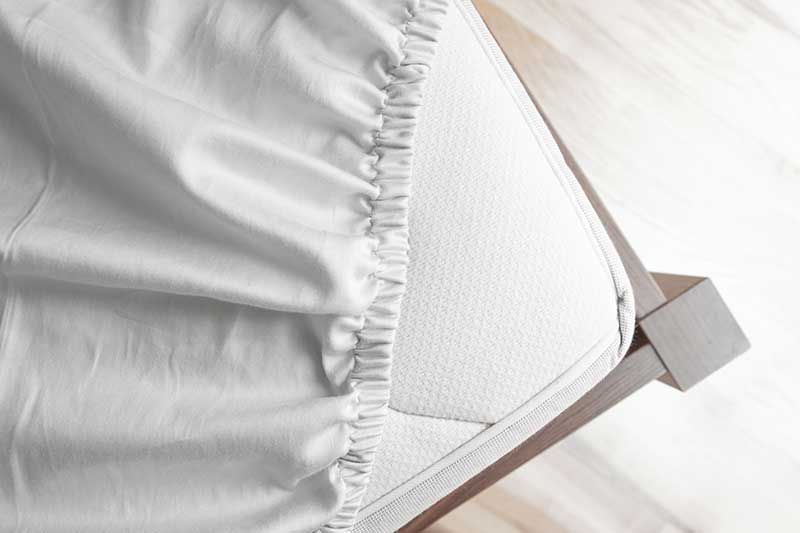
You may want to have elastic all the way around the sheet. If this is the case, you don’t need to hem them before doing this. The sheet and elastic can be sewn together at the same time. If you are only putting elastic in the corners, then you do need to sew the hem of the sheet first.
The best needles to use to sew elastic are either a ballpoint needle or a stretch needle. These needles help to stop the stitches from skipping as they are prone to do when sewing elastic. If you are sewing the elastic all the way around, backstitch at the beginning and the end of the process to keep the stitches secure.
If you prefer to just have elastic in the corners which is more common, cut four pieces of elastic that measure 16 inches each. Turn the sheet to the wrong side. You will have left an opening to allow the elastic to be pulled through the hem. Put a safety pin in one end of the elastic. This will help you pull it through the hem as it would be difficult otherwise. Stretch the elastic as far as it will go and pin the other end of the elastic to the other end of the corner. The sheet should now gather around the elastic. Using a zig-zag stitch, attach the elastic to the corners of the sheet. Make sure to keep the elastic stretched out so that it pulls. Do this on all four corners.
It is important to have a strong needle when you are sewing elastic because a thin needle might break. In the same way, it is a good idea to buy good quality thread.
When the elastic is attached to the sheet, it should have a gathered look at the corners or all around the sheet if you have decided to put elastic all the way around the sheet.
Conclusion
It is a little fiddly to sew a fitted sheet, but with a little time and patience, you should succeed. It is a good idea to have fitted sheets as they are secure, but perhaps you also want a flat sheet to match. If so, all you will have to do is hem around the piece of fabric. You can use all sorts of fabric to make your own sheets. Cotton is cool for the summer, but flannel will keep you warm in the winter.

